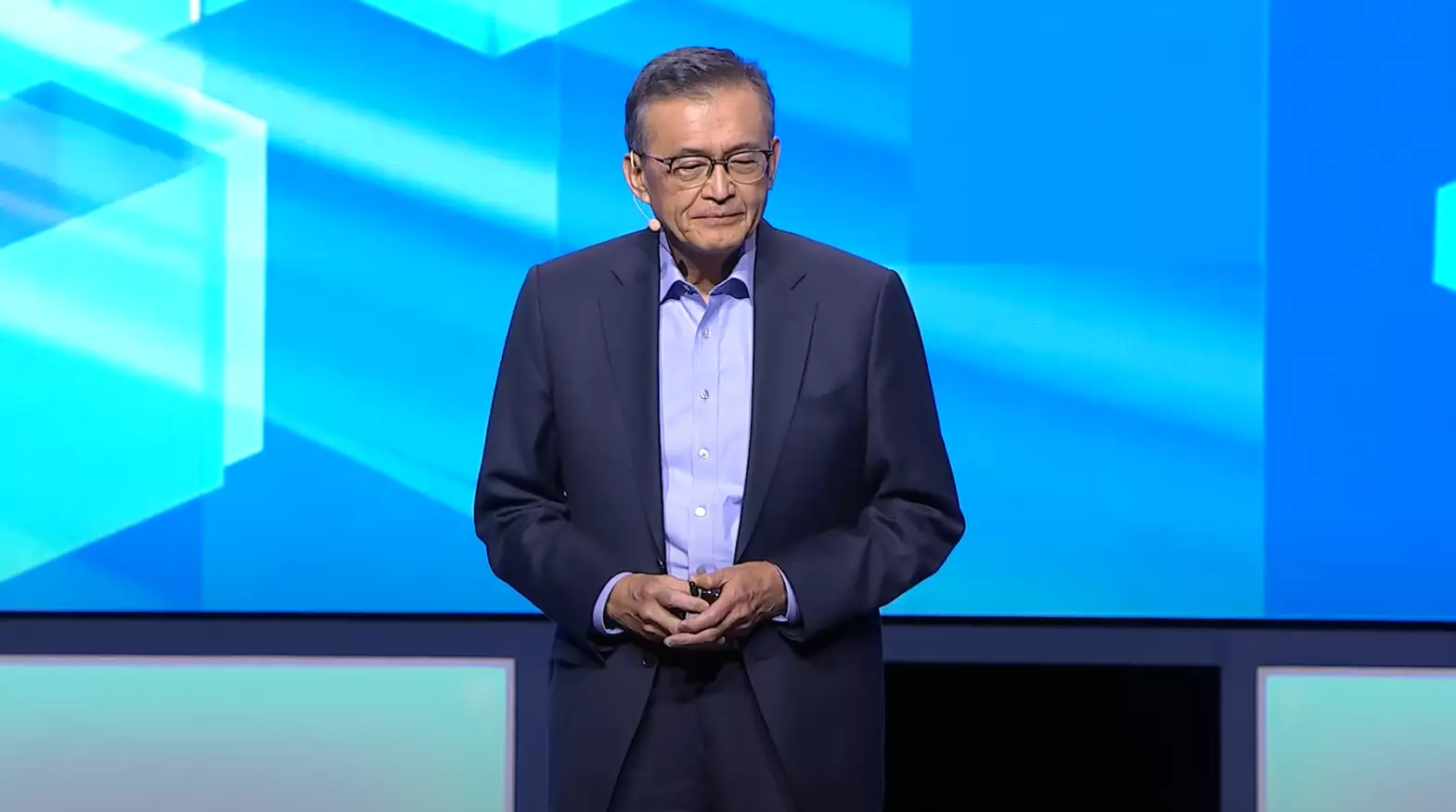Intel has long been synonymous with computer chips, but the tech giant has recently found itself at a crossroads, grappling with competitive pressures and an evolving market landscape. With the appointment of new CEO Lip-Bu Tan, there appears to be a new hope for revitalizing the company. During his inaugural earnings call, Tan outlined a transformative vision that hints at significant changes in both corporate culture and product strategy—a necessary evolution to reclaim Intel’s position as an industry leader.
A Shift Towards Agility and Collaboration
One of Tan’s primary focuses is to streamline the organizational structure to foster a more agile workflow. He noted that the existing bureaucratic layers have stifled innovation and slowed decision-making, which is crucial in a fast-paced industry characterized by rapid technological advancements. His commitment to “flattening” the management hierarchy aims to eliminate unnecessary bottlenecks, enabling teams to respond more swiftly to market demands.
Moreover, Tan has instituted a mandatory four-day in-office work week, a move likely designed to rekindle collaboration and teamwork within the workforce. This initiative, set to take effect in the third quarter of 2025, underscores Tan’s belief in the power of interpersonal connections in the workplace—essential for creative problem-solving. While remote work has its advantages, many tech companies feel that genuine collaboration is difficult to achieve when teams operate in silos. Tan’s return-to-office mandate is, therefore, a bold step toward reinvigorating Intel’s collaborative spirit.
Ambitions in Artificial Intelligence
A significant highlight of Tan’s strategy is his clear ambition to leverage artificial intelligence (AI) as a cornerstone of Intel’s future. He emphasized the importance of partnerships in developing customized silicon for AI applications, hinting at an opportunistic approach in collaborating with industry leaders. Although Tan did not specify which organizations he aims to partner with for AI hardware, many industry watchers speculate that Nvidia, the dominant player in AI processing, could be a critical collaborator.
By integrating Intel’s chips into Nvidia’s AI solutions, Tan could potentially open up new avenues for revenue and reinforce Intel’s competitive edge. However, his vision also extends beyond hardware. Tan hinted at exploring relationships with software industry leaders, suggesting a dual focus on both hardware and software optimization for AI technologies. Achieving this will certainly require time and strategic investments, a point he made clear during the call.
Partnerships: A Path to Innovation
In addition to AI initiatives, Tan spoke about potential collaborations with TSMC, a frontrunner in semiconductor manufacturing. Reports of a joint venture between Intel and TSMC have circulated, particularly since both parties aim to create a symbiotic relationship that could enhance chip production efficiencies. Tan’s relationship with TSMC’s leadership could facilitate a fruitful dialogue, especially as Intel seeks to recover its footing in a dynamic marketplace.
The concept of collaboration does not end with TSMC. Through strategic partnerships across various sectors, Intel could position itself to not just recover but to redefine its relevance in the tech industry. As the landscape evolves with every turn, these relationships could be instrumental in navigating burgeoning markets, including AI and beyond.
Focus on Execution and Long-Term Goals
While immediate changes are being implemented within Intel’s internal structure, Tan remains realistic about the time required for major transformations. He mentioned the need for a holistic approach to the company’s portfolio, ensuring that Intel’s products are optimized for the emerging demands of AI workloads. This long-term outlook is crucial; the race for AI supremacy is not a sprint but a marathon.
Tan’s vision encompasses not merely salvaging Intel’s past glory but also forging a path toward sustainable innovation. As he reinforced, “These changes will take time.” It’s a poignant reminder that while aspirations run high, the execution of such ambitious strategies requires careful planning and, indeed, the right partnerships.
The Road Ahead: Challenges and Opportunities
As Intel stands poised for a potential renaissance, the challenges ahead remain daunting. With significant market players like AMD and Nvidia surging forward, Tan must ensure that Intel does not fall further behind. Competitor strategies evolve continuously; thus, keeping pace with these shifts will be a critical test of leadership.
On the flip side, the rising prominence of AI presents an array of opportunities that, if navigated skillfully, could breathe new life into Intel’s legacy. Revitalization efforts need to be well-coordinated, starting with Tan’s focus on organizational agility and culminating in partnerships that foster innovative product development. As Tan calls upon his leadership to embrace this vision, only time will reveal whether his roadmap successfully steers Intel into a prosperous future or whether the company will continue to grapple with its past.

